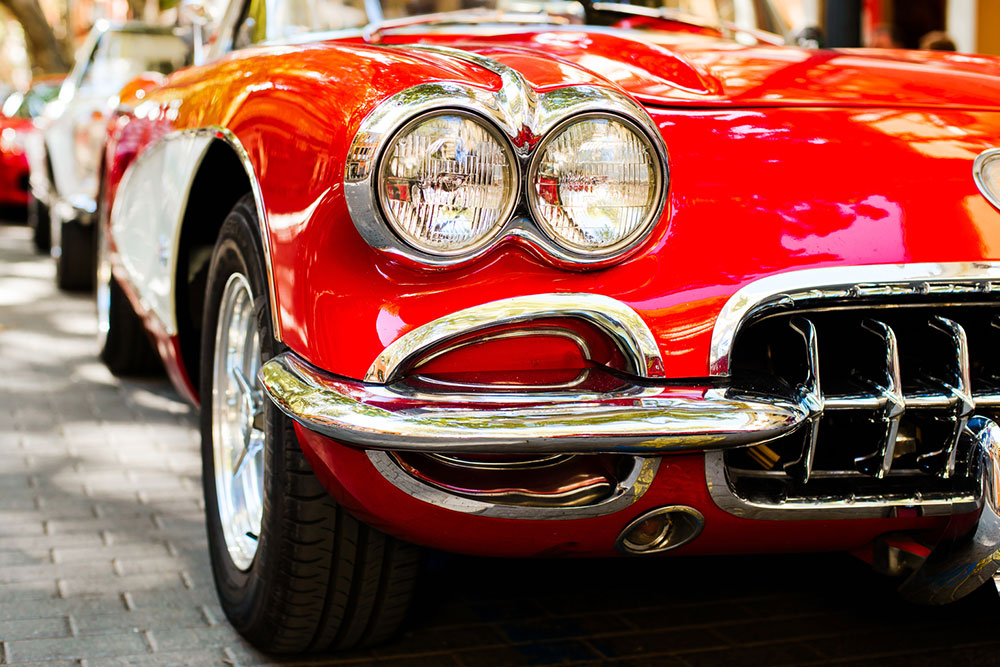6 popular collectibles whose value appreciate with time

The value of most things goes down over time. For example, a car, a smartphone, or a washing machine are worth much less than their original value after years of use. Then, there are particular objects whose value increases over time, called collectibles. It can be any item worth much more than its initial value because of its popularity or rarity. Here are some of the popular collectibles whose value appreciates with time.
Rare coins
The collection of rare coins is a serious hobby known as numismatics. Expert coin collectors examine, research, and collect rare coins from different places and different times in history. The value of these coins are much more than spare change. Most of the time, these coins commemorate an important event in history. Often, coins that are printed with errors are more valuable than the perfect ones due to their rarity.
Classic cars
While the value of most contemporary cars depreciates over time, classic cars are an exception to the case. Generally, the model and the car’s age determine whether it can be classified as a classic car. These are usually brought out for display or sale at international and local community car shows and auctions. These vintage cars are not usually driven around since they require a high level of maintenance.
Jewelry
Not all types of jewelry are considered to be collectibles. Usually, only vintage pieces that have historical significance are classified as collectibles. For example, rings and tiaras that were worn by the monarchs of previous centuries. Such precious jewelry has been sold for more than $200 million at international auctions. In addition, jewelry that is made from rare or the most expensive metals and gems are also considered to be highly valuable by collectors.
Baseball cards
Typically, baseball fans collect cards due to their love of the sport. However, if a card is very rare because of its scarcity or print variations, it can become a collectible. For instance, a 1952 baseball card featuring the centerfielder Mickey Mantle was sold for nearly $12 million in 2022. But it is crucial that a baseball card is maintained in its mint condition for its value to appreciate over time. Rare but damaged baseball cards do not fetch much value.
Art
Art has been one of the oldest collectibles in history. From rare paintings to antique furniture, sculptures, and historic artifacts, collectors collect, invest, or search for all of this and more different forms of tangible art. Often, these rare items have historical significance. For instance, Leonardo da Vinci’s famous High Renaissance oil painting titled Salvator Mundi was sold for almost $450 million in an auction. Some of these mark an important event or trend in the art world. Their value always appreciates over time as long as they are one of a kind in the world. Most of these art collectibles are found in museums, galleries, and auctions.
Stamps
Similar to coins, stamp collection is a popular hobby. Also known as philately, stamp collection can be an intensely rewarding experience if one has acquired enough knowledge about rare stamps. The more serious a collector is, the higher the chances of finding rare stamps that can be classified as collectibles. The rarity of a stamp usually depends on the year it was printed, whether it signifies an important historical moment, or if it has any printing errors that make it very unique among others.










